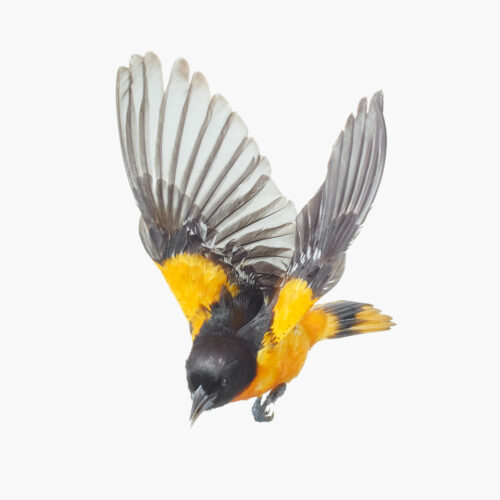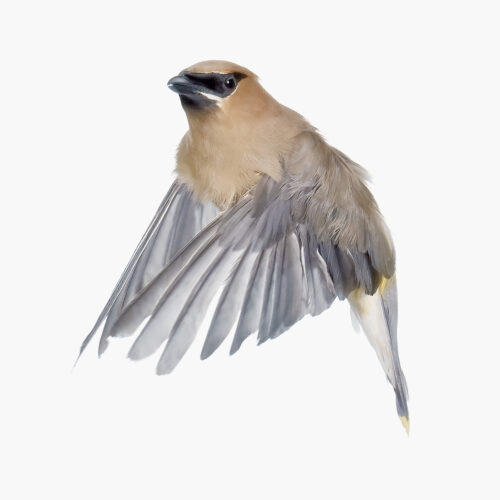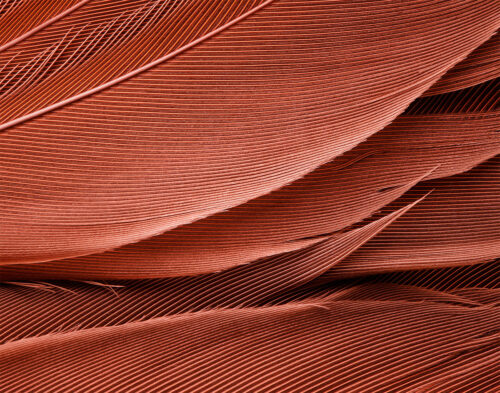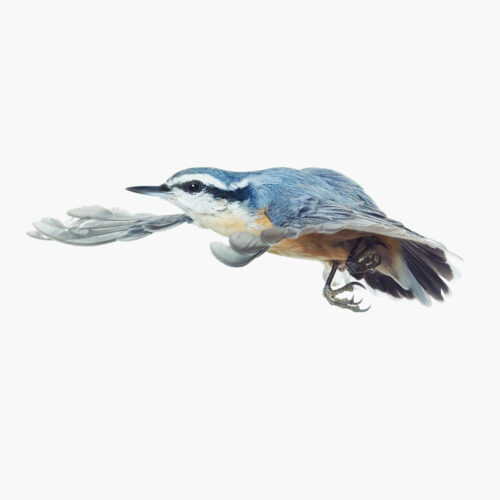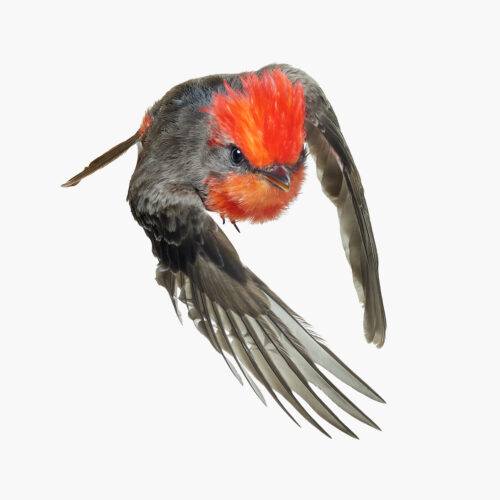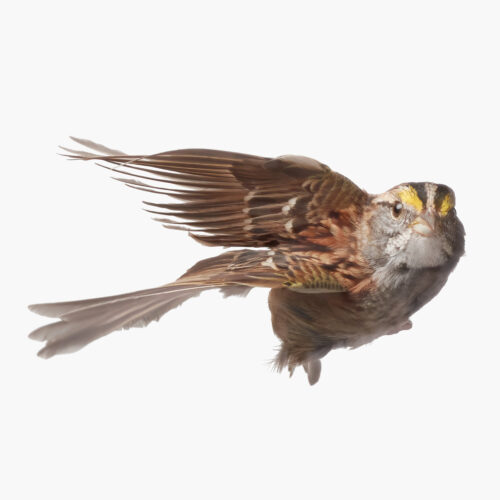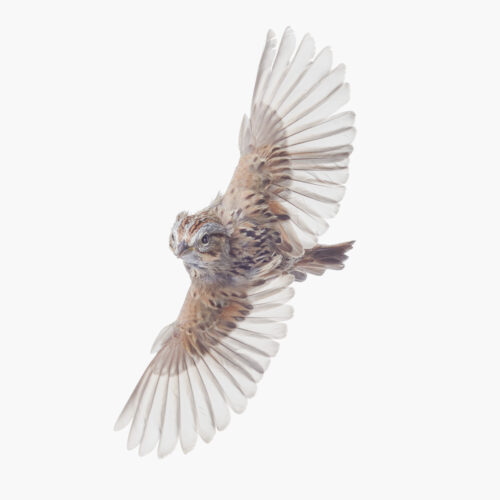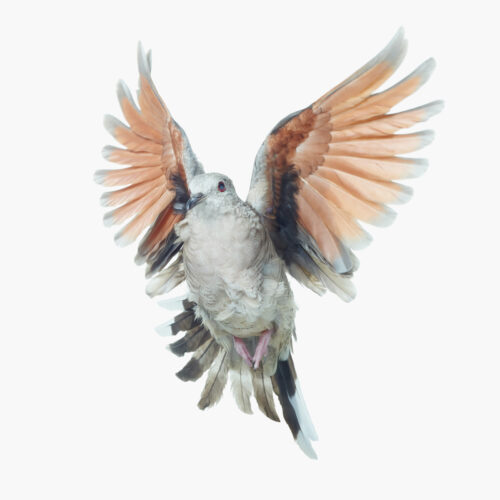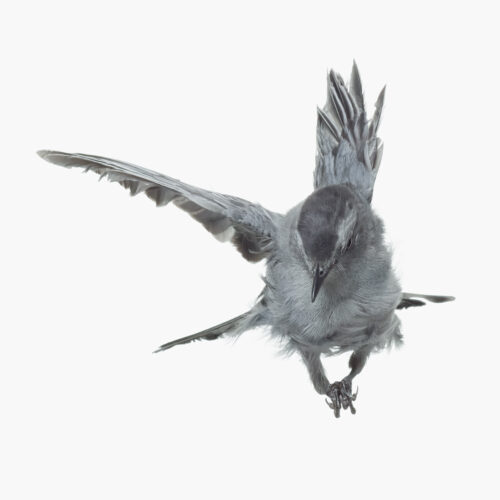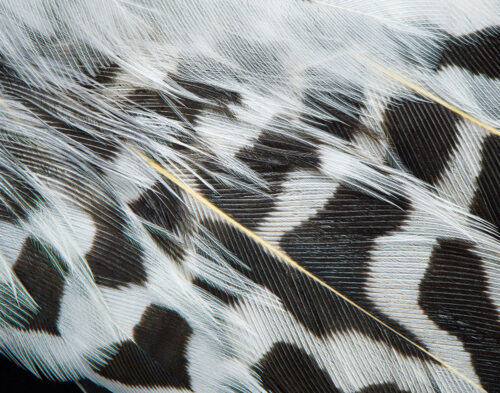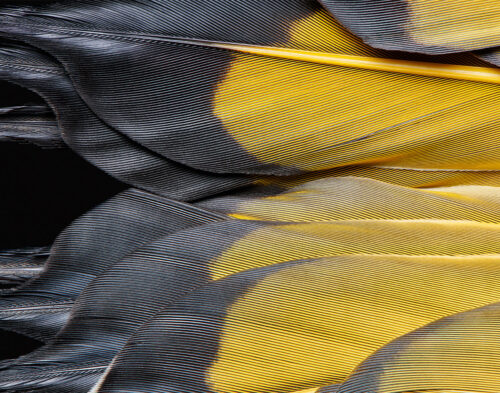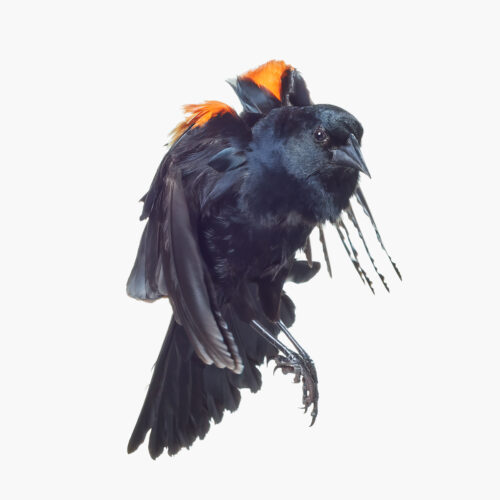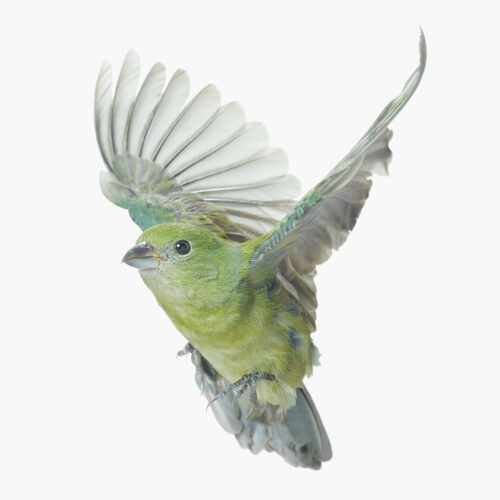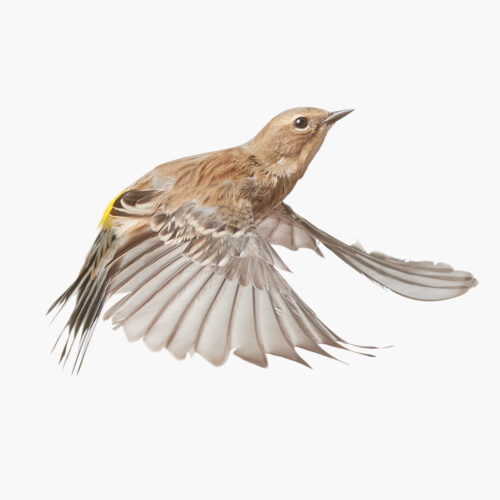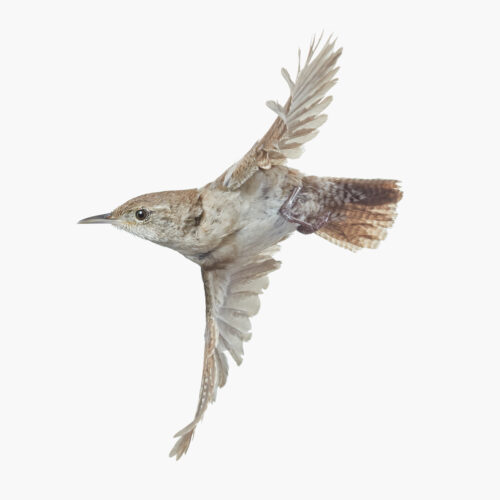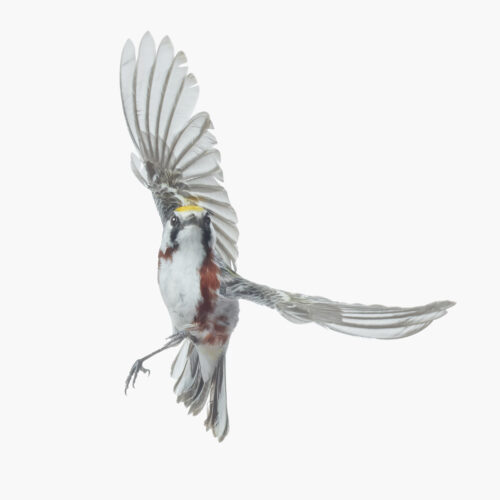-
Baltimore Oriole_001
$42.00 – $1,332.00With its black and orange plumage, the Baltimore Oriole is a real dazzler. Spring breeding grounds extend from central Canada to the eastern U.S. By midsummer, these medium-sized songbirds take off for Florida, Central America, and points south. -
Cedar Waxwing_001
$42.00 – $522.00Cedar Waxwings — named for the red, waxy tips on their wing feathers — are always up for a dinner party, gathering in large flocks to dine on berries and conversing in high, thin whistles. -
Northern Cardinal Wing Print
$90.00 – $1,332.00A sweeping vista in red — contour feathers of the Northern Cardinal.
-
Red-breasted Nuthatch
$42.00 – $1,332.00To deter other birds or predators, the resourceful Red-breasted Nuthatch might apply a sticky layer of tree resin to the entrance of its nest, then avoid the trap by flying directly through the opening. They can climb headfirst down tree trunks or hang upside down from branches while foraging for insects or seeds. -
Rufous-capped Warbler
$42.00 – $1,332.00With its reddish-brown cap and long tail often raised at an angle, the Rufous-capped Warbler can be found in Mexico and Guatemala, and sometimes into south Texas and Arizona. It feeds primarily on insects and favors weedy, brushy areas near woodlands. -
Vermilion Flycatcher
$42.00 – $1,332.00Pyrocephalus — the genus for the Vermilion Flycatcher — means “fire-headed,” certainly an apt name for the brilliant-colored male. And “flycatcher”? Yes. These smallish birds (4.8 to 5.4 inches in length) swoop in and catch flying insects on the wing — from flies and wasps to beetles and butterflies. -
White-throated Sparrow_009
$42.00 – $1,332.00While White-throated Sparrows are common during winter across the eastern and southern United States and California, they breed mainly in Canada. Use sunflower seeds and millet to lure them to your bird feeder. -
White-breasted Nuthatch_002
$42.00 – $1,332.00The blue-gray White-breasted Nuthatch is named so due to its habit of smashing nuts and acorns into tree bark and poking them with its pointed bill to extract the seeds. It may be small, but its loud nasal call is hard to miss. -
Lincoln’s Sparrow
$42.00 – $1,332.00Streaky brown, with a buffy eye-ring, Lincoln’s Sparrows are known to be a bit shy. This medium-sized, insect-eating bird forages near or on the ground — and builds its nest there too. It is named for Thomas Lincoln, who traveled with naturalist John James Audubon on a bird-finding trip to Labrador. -
Gray Catbird_002
$42.00 – $1,332.00The Gray Catbird, like its relative the mockingbird, can copy the sounds of other species. Its own call brings to mind a cat’s meow. -
Downy Woodpecker_003
$42.00 – $1,332.00The Downy Woodpecker has a fondness for insects and forages not only on tree trunks and branches but also on shrubs and weed stalks. Widespread, this small, black and white bird can be found across most of the U.S. and Canada. -
Black-and-white-Warbler_001
$42.00 – $522.00With their striped markings, Black-and-white Warblers are easy to spot — and their early appearance is a sure sign that spring birding has started. They build cup-shaped nests on the ground, and can be aggressive in protecting their territory. -
Northern Flicker-Undertail Coverts Print
$90.00 – $1,332.00Bold yet delicate, the Northern Flicker’s yellow-shafted undertail coverts display a hypnotic dappling of black and white.
-
Northern Flicker-Tail Feathers Print
$90.00 – $1,332.00Arrangement in yellow and black — tail feathers of the Northern Flicker.
-
Northern Flicker-Flight Feathers and Coverts Print
$90.00 – $1,332.00Shades of brown, shafts of yellow — flight feathers and coverts of the Northern Flicker.
-
Red-eyed Vireo_001
$42.00 – $1,080.00In summer, the Red-eyed Vireo resides in forests of the Eastern United States, but heads south to the Amazon basin come autumn. The male can sing his song 20,000 times a day. -
Yellow-rumped Warbler_002
$42.00 – $1,332.00The wide-ranging Yellow-rumped Warbler can be found from Alaska to Central America. They favor coniferous forests, but depending on the season, look for them in deciduous forests, shrubby habitats, parks, and maybe even your backyard. -
Rose-breasted Grosbeak_001
$42.00 – $1,332.00Look for the Rose-breasted Grosbeak in woodlands and forest edges. True to its name, the male sports a bright pink patch on its breast and a large triangular bill. -
House Wren
$42.00 – $1,332.00Found from Canada to South America, House Wrens love a pile of brush — which provides cover and, with luck, a menu of insects. This relatively plain brown bird is small with a cheerful song, but it’s not afraid to pick a fight with its much larger neighbors. -
Dark-eyed Junco_002
$42.00 – $1,332.00Abundant across North America, Dark-eyed Juncos are apt to nest and forage on or near the ground. Their white outer tail feathers flash as they take flight. -
Chestnut-sided Warbler_001
$42.00 – $1,332.00With yellow cap and reddish streaks down the sides of its white breast, the Chestnut-sided Warbler looks dressed up and ready to snack on insects.

